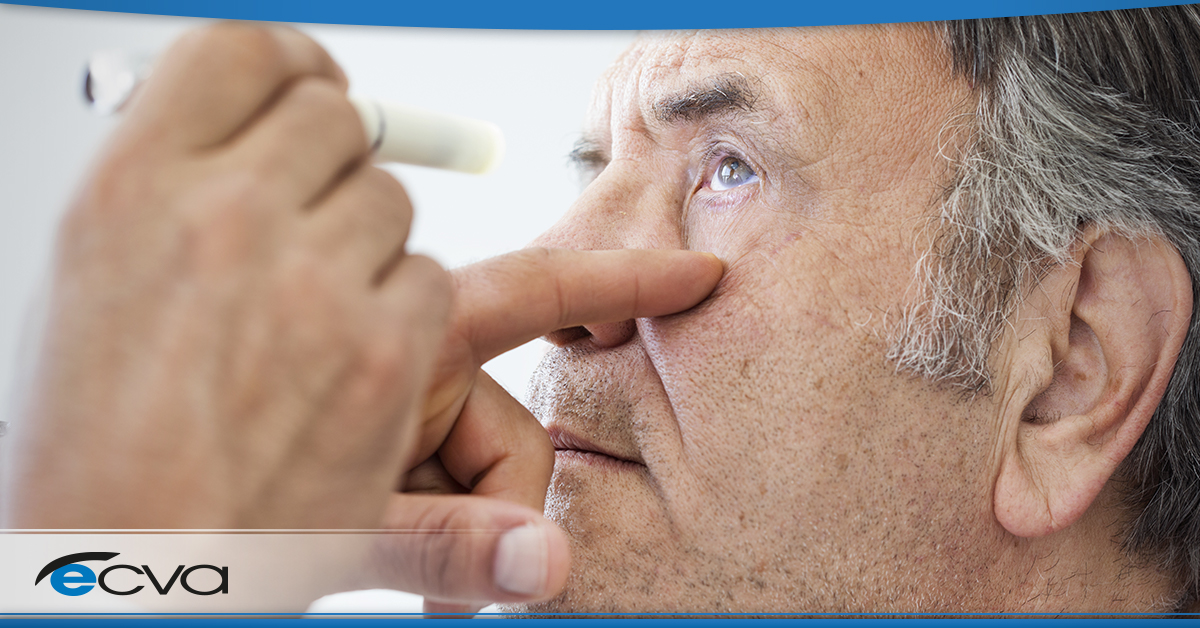Most people are aware of cataracts, largely because it’s an incredibly common condition. Over 24 million adults over the age of 39 have cataracts. By age 75, about half of all Americans end up with the condition.
Cataracts are not considered a life-threatening condition. However, that doesn’t mean they aren’t a hazard. After all, they rob you of your vision, and that can be dangerous.
By understanding the signs of cataracts, you can remain vigilant about your eye health. If you aren’t sure about the symptoms of cataracts, here is what you need to know.
Common Signs and Symptoms of Cataracts
Cataracts are a prevalent condition, often appearing as people age. They happen when tissues within the eye change, particularly as fibers and proteins in the lens start to break down. As the breaking down of materials begins to clump, they effectively cloud the lens, resulting in a range of vision-related changes.
As with most medical conditions, a person with cataracts may have no symptoms, one symptom, or multiple symptoms. At times, the prevalence of the symptoms is associated with how advanced the condition is, though it may also depend on where cataracts form within the eye.
Here are some of the most common signs of cataracts
- Clouded vision
- Light sensitivity
- Blurred vision
- Dim vision
- “Halos” around lights
- Fading colors
- Yellowing of colors
- Double vision in one eye
- Trouble with night driving
- Needing brighter light to read
- Sudden nearsightedness
- Frequent prescription changes for glasses
- Poor night vision
In some cases, people with cataracts may also experience physical discomfort. However, the pain isn’t a symptom of cataracts themselves. Instead, it’s usually related to light sensitivity or struggling to overcome vision issues, such as frequent squinting leading to headaches or eye strain.
The Progression of Cataract Symptoms
In most cases, cataracts develop pretty slowly. During the early stages, your eyesight may not be notably impacted. Instead, you may simply get a glimpse of cloudiness here and there, if you experience anything at all.
As the cataract grows, symptoms are usually more pronounced. There may be increasing amounts of cloudiness or light distortion, causing more pronounced vision issues. The more time that passes, the more noticeable symptoms become, potentially reaching a point where vision is dramatically impaired.
When to See a Doctor About Cataract Signs
Generally speaking, any change in your vision should be assessed by your eye doctor immediately. Some cataract symptoms are also associated with other eye conditions, including some that can cause significant and permanent damage to your vision. As a result, it’s best to consult with your eye doctor promptly. That way, they can determine the cause of your vision changes and decide which course of action – if any – is necessary.
If the situation isn’t severe, your symptoms may be addressable with glasses or lighting changes. However, if they progress, cataract surgery might become necessary.
Schedule Your Eye Exam For Cataract Screening
At ECVA, we take the safety and health of our patients’ eyes seriously. If you have any signs or symptoms of cataracts, we are here to help. Schedule an appointment at your closest ECVA clinic today.







